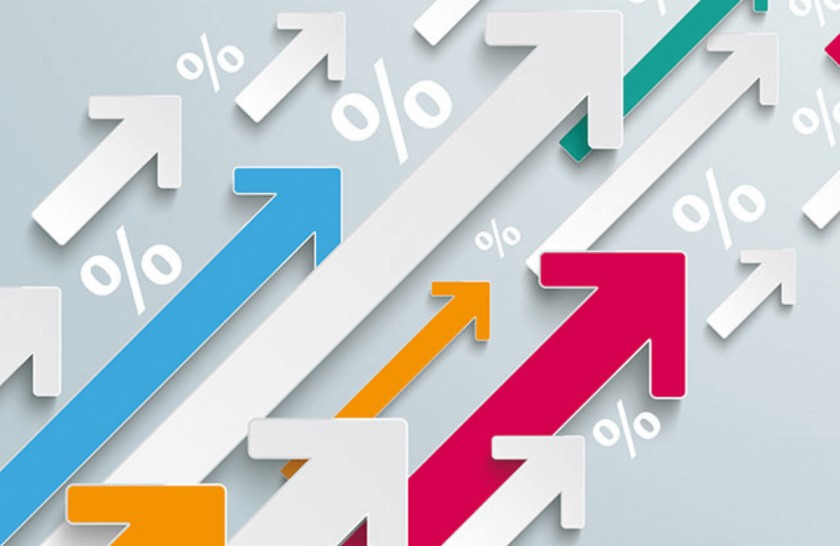- February 24, 2023
US Fed, RBI wake up markets to policy rate realities

Market’s optimism for late 2023 rate cuts has been dashed by the Federal Reserve’s skepticism about curbing inflation.
The market’s hopeful projections of rate cuts in late 2023 have been shattered by the latest Federal Reserve meeting minutes, revealing the central bank’s skepticism towards curbing inflation. While rate hikes may be less drastic, they are not expected to cease entirely.
Prior to January, the markets anticipated the possibility of the Fed initiating rate cuts by the end of 2023 due to the series of significant hikes in 2022, which were anticipated to cause a “hard landing” for the US economy. Consequently, many predicted the Fed would have to reverse course to prevent a recession. This resulted in declining benchmark bond yields, the S&P 500 displaying resilience, and the dollar losing some of its shine.
A similar situation unfolded in India as the Reserve Bank of India (RBI) was predicted to halt after raising the repo rate to 6.50 percent. The equity indices rose, and the 10-year benchmark bond yield stayed within a narrow range.
However, the Fed and the RBI have now forced the markets to face the reality of their monetary policies. Fed officials believe that insufficient tightening may negate the initial disinflation benefits observed in the economy, and some even advocate for larger rate hikes.
In January 2023, the US retail inflation rate stood at 6.4%, down from the record high of 9.1% in July 2022. However, despite the decrease, price pressures remain well above the Fed’s target rate of 2%, and officials emphasized the need to return to the target soon.
According to the Fed’s minutes, “Participants noted that inflation data received over the past three months showed a welcome reduction in the monthly pace of price increases but stressed that substantially more evidence of progress across a broader range of prices would be required to be confident that inflation was on a sustained downward path.”
This implies that emerging market currencies will continue to appear less attractive to investors due to the extra risk they pose compared to the returns offered by the US dollar. Although the dollar’s upward trend has slowed somewhat, it is far from over.
At the same time, the reality of prolonged higher interest rates from the US to India is causing widespread wealth erosion as equities adjust to the situation.
No wonder the indices plunged in tandem on Wednesday. Both the 30-share BSE Sensex and the 50-share Nifty have lost more than 2 percent over the past two sessions. Foreign investors have pulled out $3.3 billion, so far, in 2023 from local equities and the outlook remains grim.
While the Fed has been vocal about inflation, the RBI’s rate-setting committee is divided on rate hikes. Two members dissenting from the overall stance want rate hikes to stop due to growing concerns about growth. However, the overall stance is being viewed as hawkish, and markets are pricing in another rate hike in April.
Kotak analysts noted that they now expect 4QFY23 average CPI inflation to be at 6%, exceeding the RBI’s target of 5.6% and making inflation average above 6% for the fifth consecutive quarter. This development has significant implications for the markets.
For the RBI, retail inflation above 6% is unacceptable as its target is 4%. While the central bank cannot be criticized if inflation falls to 2% or surges to 6% since the target is a flexible band of 2-6%, the recent commentary suggests that the central bank is concerned about sticky core inflation that may hinder its efforts to bring retail prices closer to the target. This indicates that the central bank may not be done with rate hikes yet.
Nomura analysts wrote that the hawkish minutes could strengthen the conviction of some market participants that another 25 basis point hike is likely at the April meeting. This is unfavorable for companies, as the cost of capital is increasing globally. In essence, fundraising and investment are becoming more expensive, and companies need to have complete confidence in demand to borrow and invest. When the earnings outlook is unclear, investors begin to question the valuations attributed to companies.
